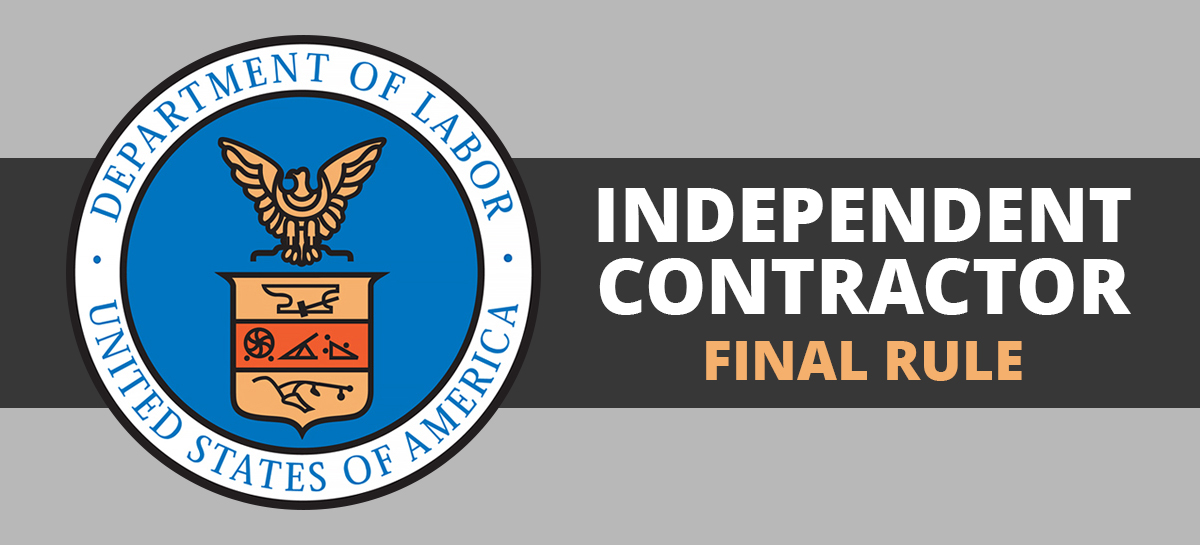
The Centers for Disease Control and Prevention’s (CDC) new guidance that individuals no longer need to isolate from work for five days following a positive COVID-19 test may raise questions with employers about what leave they are required to provide to employees with the virus.
The revised guidance, issued March 1, 2024, advises that people who are sick with COVID-19 or another respiratory virus stay home and away from others. However, isolation is not necessary if an individual with COVID-19 has been fever-free for at least 24 hours without medication and their symptoms are improving. The guidance states that the period people should stay home and away from others could be shorter, the same, or longer than the previous guidance for COVID-19 isolation. The new guidance is not applicable to healthcare settings, which have their own CDC recommendations.
Continue reading







